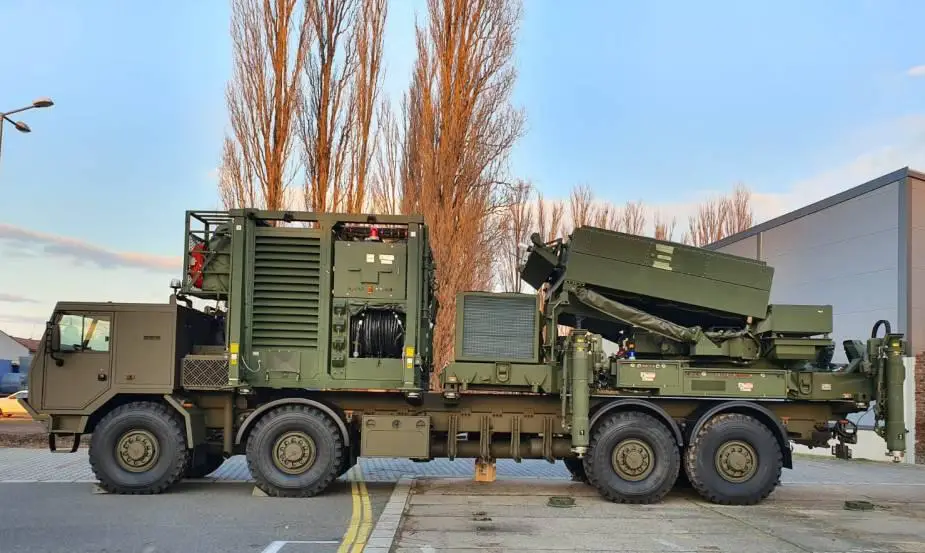Israel Aerospace Industries (IAI) subsidiary Elta Systems ELM-2084 multimission radars (MMR) have successfully completed military trials with the Army of the Czech Republic under the 3D mobile air defence radars (MADR) project. IAI signed a deal with the Czech Republic in December 2019 for eight ELM-2084 MMR for USD125 million, IAI stated in December 2019. The first ELM-2084 MMR was delivered on 25 February 2022, with the final system handed over in April 2023. The previous Minister for Defence of the Czech Republic, Martin Stropnický, launched an evaluation process and an international tender for a new 3D MMR in 2014 to replace the army‘s obsolete Russian 2K12 Kub legacy air-defence radar systems, introduced into service during the 1980s.

The Army of the Czech Republic (ACR) intends to equip its air-defence element with the ELM-2084 MMR as its primary surveillance and air-defence radar capable of tracking and intercepting airborne targets at 100–3,000 m. The MMR is a 3D active electronically scanned array (AESA) radar that can detect and classify threats simultaneously. Five MMR radars will be situated at stationary military posts, while the remaining three will be utilised to protect strategic objectives and for training purposes. The MMR radar is designed to provide continuous coverage within the NATO Integrated Air and Missile Defence System and within the framework of the National Air-Defence System of the Czech Republic (NaPoSy PVO ?R).

The system is the ‘brain’ of Israel’s Iron Dome air-defence system, and is capable of identifying and locating rocket launches, enemy artillery, and mortars, while also providing air defence against aircraft and unmanned aerial vehicles (UAVs). Called the Multi-Sensor MMR (MS-MMR), the new system includes an additional radar and passive sensors to enable it to build a more comprehensive air situational picture (ASP). IAI developed the MS-MMR in response to emerging aerial threats, including low radar-cross section aircraft and weapons. This created a demand for ASP systems to provide higher accuracy, faster update rates and upgraded identification of aerial threats while increasing the need for survivability in the modern battlefield.

The MS-MMR still uses its main S-band radar to provide long-range air surveillance and fire control capabilities. This is integrated with a higher frequency radar, an active identification friend or foe (IFF) capability, an automatic dependent surveillance-broadcast (ADS-B) receiver, as well as passive electro-optical and signals intelligence (SIGINT) sensors. Passive sensors for detecting weapons being launched are also an option, according to IAI. This is mounted on two panels either side of the main S-band antenna as well as another two panels that cover the rear of the radar enabling the system to detect threats approaching from directions that were previously in the EL/M-2084’s blind spot.













